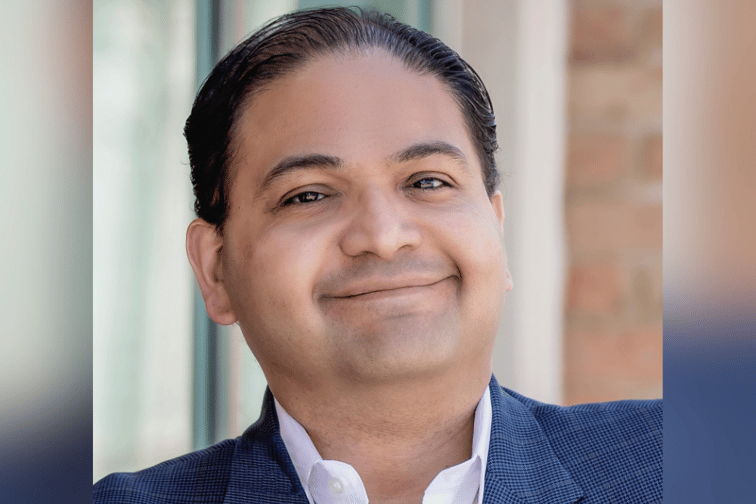

“I came into the insurance industry much like most people come into the insurance industry, which is probably by accident,” Kenneth Saldanha (pictured), told Insurance Business.
Now, as the global lead of Accenture’s insurance practice, he explains that it was his background in mathematics that inevitably led him into the field – helping him find his niche in his initial consulting assignments.
But Saldanha’s career trajectory in insurance is not just a story of personal growth – it’s also a testament to the allure and complexity of the industry – especially when it comes to the sector’s fascinating nature and the caliber of people it attracts.
“I think there’s a lot of very good people who work in insurance,” he said, highlighting the human aspect that often underpins career choices. “In insurance, when you meet a group of people you really like, it causes you to stay in the industry. And that’s certainly been the case for me.”
Discussing the seismic shifts in the insurance industry, particularly in the property and casualty and life insurance sectors, Saldanha underscored the essential role of digital transformation. He observes a growing demand for personalized, behavior-based products, driven by changing customer expectations.
“Customers are increasingly concerned about monitoring health and wellness,” he told IB, pointing to a significant shift in consumer priorities. “It’s about real-time risk management.”
Delving deeper, Saldanha explained how this technological shift is reshaping the customer-insurer relationship. It’s a transition from being a mere indemnification partner to becoming an integral part of the customer’s daily life.
“You’re part and parcel of what’s happening in the customer’s life,” he said. “You’re really doing it in a form that they want to engage in. Whether that’s their telematics, auto, or their mental wellness and health offer, it actually brings us into the customer’s life in a way that the customer wants us to be there. It’s a huge change, and much of it is fueled by our ability to be in this ongoing relationship which is driven by the digital interactions.”
Looking at the operational aspects of these transformative trends, Saldanha emphasized the importance of not just driving operational optimization but also understanding its broader implications.
“It’s about translating operational changes into both bottom line and top line changes,” he said. This approach involves looking beyond mere efficiency and cost savings, focusing on improving customer experience and exploring new sales opportunities. He cites examples where engagements that started with a focus on operational improvements pivoted to encompass a broader strategy encompassing customer retention and new market opportunities.
Touching on the pandemic, Saldanha revealed how Accenture managed to navigate this period. The rapid shift to a remote working model required immense logistical efforts, exemplified by the distribution of thousands of laptops in India within three weeks. This transition was critical in maintaining uninterrupted client services while ensuring employee safety.
“We made sure that they were in a place where they could actually do this well,” he said, underscoring the balance between operational efficiency and employee welfare.
A significant challenge that persists, as Saldanha pointed out, is maintaining the depth of client relationships in a virtual environment. The shift from on-site interactions to virtual meetings has necessitated a rethinking of client engagement strategies.
“We’re still working through it,” he admitted, highlighting the ongoing effort to maintain the quality of client interactions in a digital landscape.
Looking forward, Saldanha identifies talent development as a key area of focus, especially in a professional services firm like Accenture, which thrives on mentorship and apprenticeship. The remote working model poses challenges to traditional methods of talent nurturing, a concern that extends to the broader insurance industry.
“The jury is still out as to how we will develop the next three to five years of talent,” he acknowledged, indicating the need for innovative approaches to mentorship in a digital-first world.
